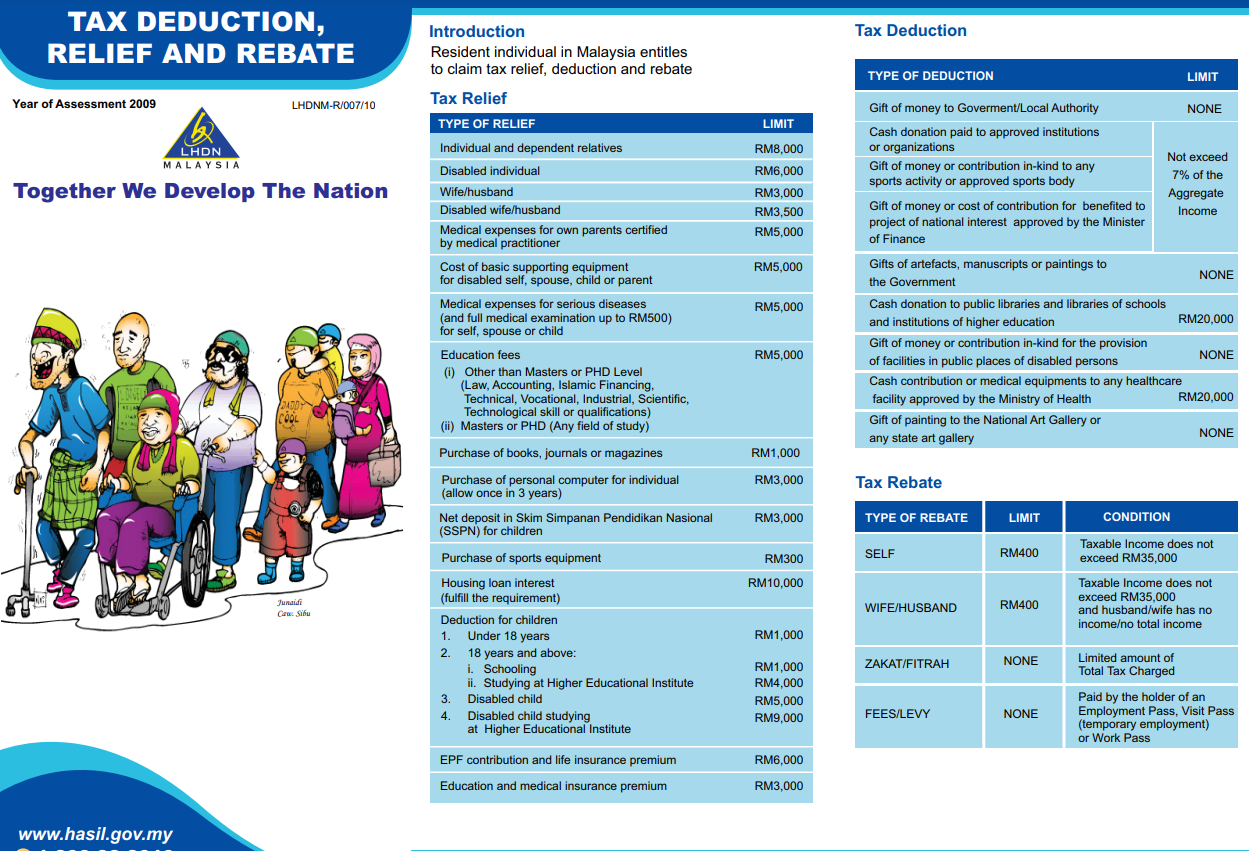Difference Between Rebate And Relief – The taxpayer has access to two main types of tax relief: the rebate and the tax refund. A rebate is essentially a tax benefit that you get in the form of money that you did not owe. Refunds are tax credits that you get in the form of cash that you don’t owe. Although there are some variances between the two, they are similar overall. Continue reading to find out more about these two tax relief choices.
refund of tax
Tax relief differs significantly from a tax refund. The government compensates taxpayers in the form of a tax refund for any extra taxes they have paid over the course of the year. A tax relief, on the other hand, is a sum of money that the government gives to a taxpayer to make up for the taxes that have been deducted from their income. If their circumstances necessitate them claiming tax relief, persons frequently obtain tax refunds.
Tax refunds are payments made to taxpayers who have overpaid their taxes. Due to excessive tax withholding by their employers, the majority of taxpayers pay more in taxes than necessary. The fact that the government is giving you money you didn’t have to pay may make a sizable tax return enticing. You may not want to make the investment of paying too much in taxes, though. In fact, you should exercise caution while requesting a tax refund because you might be eligible for a larger sum of money than you anticipated.
tax refund
A tax rebate is cash provided by the government to taxpayers in exchange for particular goods. These rebates are intended to stimulate the economy by promoting particular purchases. Tax rebates are payments made by the government that are made at any time and are frequently made considerably more quickly than tax refunds. For instance, the Recovery Rebate Credit was implemented in 2008 in an effort to stimulate the American economy by foreseeing the use of these checks for other expenditures.
The state of Idaho issued one-time rebate cheques totaling $75 for each taxpayer and dependant for the 2020 tax year, which is equal to 12 percent of the taxpayer’s tax obligation. Both individual and joint filers will get cheques. Households of any income level are eligible for the tax reduction, and those who qualify must file their forms by May 1, 2025. It’s a good start, but if you file for a tax rebate early, you can avoid paying the higher interest rate.
a waiver of taxes
Tax exemptions and rebates range significantly from one another. A tax exemption completely reduces the amount of taxable income, whereas a tax rebate only reduces the tax obligation. A tax exemption can either be a whole tax benefit or just a lower tax rate for a portion of the income. IT For some forms of income, exemptions may be requested. They may be predicated on a certain source of income, such agricultural profits. A dwelling rent allowance is another illustration of a tax exemption. When filing their income taxes, NRIs are eligible to claim an exemption for this benefit.
Reducing the amount of tax that a taxpayer must pay is known as a tax rebate. It is a type of income tax relief and the tax that the taxpayer is exempt from paying. Only income that is above a particular threshold is eligible for a tax rebate. For instance, a person making Rs. 5 lakh is entitled to a tax credit of Rs. Thus, he would only be responsible for paying tax on Rs. 3 lakh, or 5% of his entire income. However, he would not be required to pay tax on the remaining sum if his income is less than Rs. 5 lakh. These various forms of reliefs and exemptions can be provided in a number of ways by the income tax department.
Tax deduction
You can reduce your tax liability by receiving money from the government in the form of tax credits. A tax credit lowers the amount of taxable income, but a tax deduction lowers the amount of income you must pay. The most advantageous choice for you might be a tax credit because it might significantly reduce your tax obligation. A tax credit can increase your refund in addition to reducing your tax obligation.
Tax credits may or may not be refundable. You will receive a $300 tax refund if you have a $1,000 completely refundable credit. However, even if you don’t have any taxable income and have a $1,000 nonrefundable credit, you will still get a refund. It’s crucial to understand the distinction between a tax credit and a tax rebate.
Download Difference Between Rebate And Relief Form 2025

